 Welcome
Welcome
“May all be happy, may all be healed, may all be at peace and may no one ever suffer."
Scoliosis

Scoliosis is a condition that causes a sideways curvature of the spine. The curvature can range from mild to severe, and may be shaped like a "C" or an "S". Scoliosis is most commonly diagnosed in children and adolescents, but can also affect adults.
The exact cause of scoliosis is often unknown, but it may be related to genetics or neuromuscular conditions such as cerebral palsy or muscular dystrophy. Other factors, such as poor posture or spinal injuries, may also contribute to the development of scoliosis.
Symptoms of scoliosis may include:
- Uneven shoulders or hips
- A protruding shoulder blade
- Asymmetrical waistline or rib cage
- Back pain or stiffness
- Difficulty breathing or chest pain (in severe cases)
Diagnosis of scoliosis is typically based on a physical exam and imaging studies such as X-rays, CT scans, or MRI. The severity of the curvature is measured using a system called the Cobb angle.
Treatment for scoliosis depends on the severity of the condition and the age of the patient. In mild cases, observation and monitoring may be recommended to ensure that the curvature does not worsen over time. In more severe cases, bracing or surgery may be necessary to correct the curvature and prevent further progression.
The outlook for scoliosis can vary widely depending on the severity of the curvature and the effectiveness of treatment. However, with proper management, many people with scoliosis are able to lead full and active lives.
Research Papers
Disease Signs and Symptoms
- Curved spine (scoliosis)
- One shoulder blade that appears more prominent than the other
- Ribs on one side of the body to stick out farther than on the other side.
Disease Causes
Scoliosis
Doctors don't know what causes the most common type of scoliosis — although it appears to involve hereditary factors, because the disorder sometimes runs in families. Less common types of scoliosis may be caused by:
- Certain neuromuscular conditions, such as cerebral palsy or muscular dystrophy
- Birth defects affecting the development of the bones of the spine
- Previous surgery on the chest wall as a baby
- Injuries to or infections of the spine
- Spinal cord abnormalities
Disease Prevents
Disease Treatments
Scoliosis treatments vary, depending on the severity of the curve. Children who have very mild curves usually don't need any treatment at all, although they may need regular checkups to see if the curve is worsening as they grow.
Bracing or surgery may be needed if the spinal curve is moderate or severe. Factors to be considered include:
- Maturity. If a child's bones have stopped growing, the risk of curve progression is low. That also means that braces have the most effect in children whose bones are still growing. Bone maturity can be checked with hand X-rays.
- Severity of curve. Larger curves are more likely to worsen with time.
- Sex. Girls have a much higher risk of progression than do boys.
Braces
If your child's bones are still growing and he or she has moderate scoliosis, your doctor may recommend a brace. Wearing a brace won't cure scoliosis or reverse the curve, but it usually prevents the curve from getting worse.
The most common type of brace is made of plastic and is contoured to conform to the body. This brace is almost invisible under the clothes, as it fits under the arms and around the rib cage, lower back and hips.
Most braces are worn between 13 and 16 hours a day. A brace's effectiveness increases with the number of hours a day it's worn. Children who wear braces can usually participate in most activities and have few restrictions. If necessary, kids can take off the brace to participate in sports or other physical activities.
Braces are discontinued when there are no further changes in height. On average, girls complete their growth at age 14, and boys at 16, but this varies greatly by individual.
Surgery
Severe scoliosis typically progresses with time, so your doctor might suggest scoliosis surgery to help straighten the curve and prevent it from getting worse.
Surgical options include:
- Spinal fusion. In this procedure, surgeons connect two or more of the bones in the spine (vertebrae) together so they can't move independently. Pieces of bone or a bone-like material are placed between the vertebrae. Metal rods, hooks, screws or wires typically hold that part of the spine straight and still while the old and new bone material fuses together.
- Expanding rod. If the scoliosis is progressing rapidly at a young age, surgeons can attach one or two expandable rods along the spine that can adjust in length as the child grows. The rods are lengthened every 3 to 6 months either with surgery or in the clinic using a remote control.
- Vertebral body tethering. This procedure can be performed through small incisions. Screws are placed along the outside edge of the abnormal spinal curve and a strong, flexible cord is threaded through the screws. When the cord is tightened, the spine straightens. As the child grows, the spine may straighten even more.
Complications of spinal surgery may include bleeding, infection or nerve damage.
Disease Diagnoses
Disease Allopathic Generics
Disease Ayurvedic Generics
Disease Homeopathic Generics
Disease yoga
Scoliosis and Learn More about Diseases

Astigmatism

Actinic keratosis
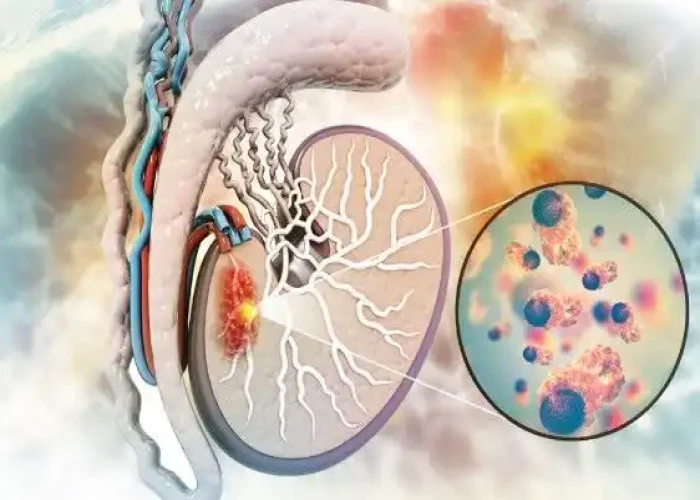
Testicular cancer

Snake bite
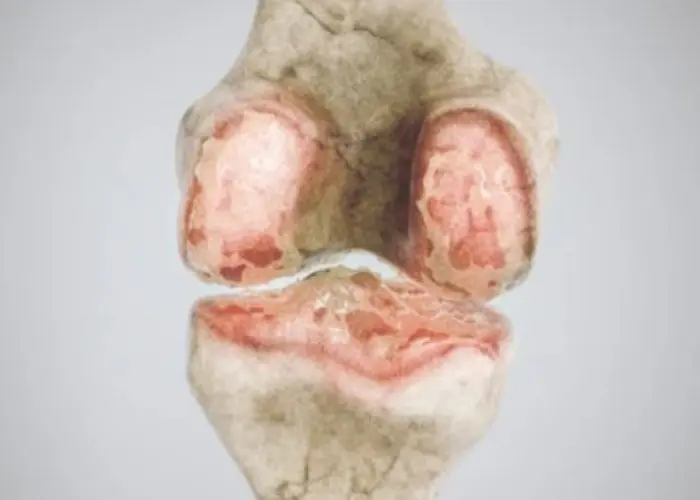
Bone spurs
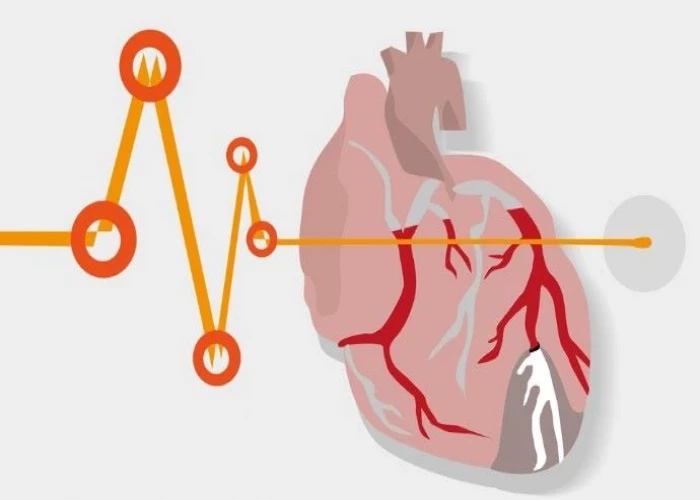
Myocardial ischemia
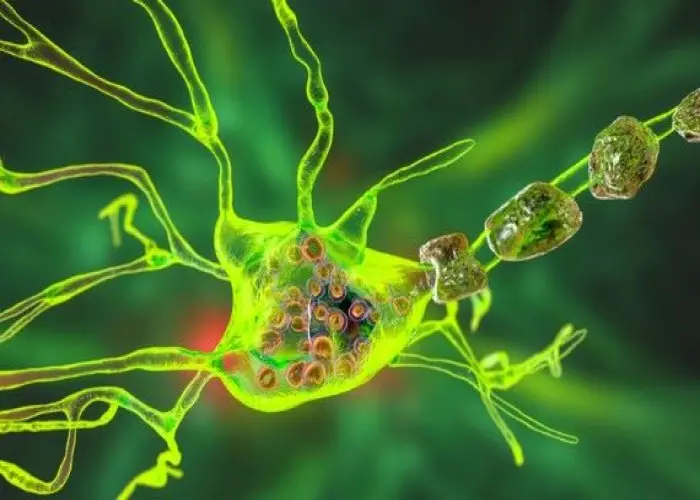
Inherited metabolic disorders
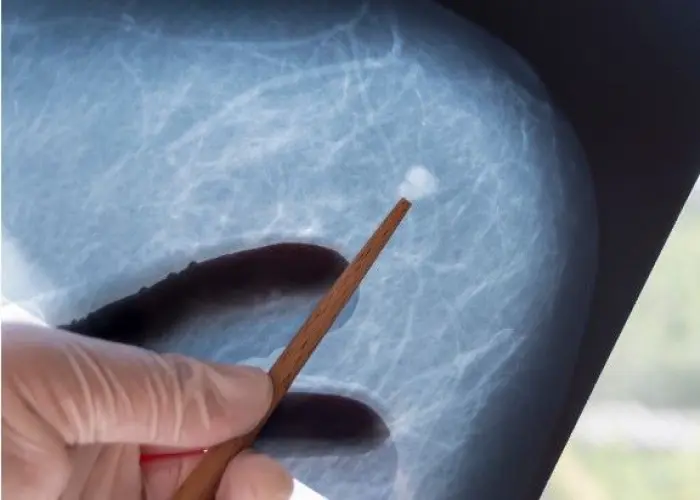
Fibrous dysplasia
scoliosis, স্কোলিওসিস
To be happy, beautiful, healthy, wealthy, hale and long-lived stay with DM3S.
